There are few things more quintessentially American than our National Parks.
On first impact, the coronavirus hit Americans in two immediate areas: our health and the economy. As people were forced indoors, nearly all restaurants, bars and other primary areas of commerce quickly shutdown or pivoted to delivery-only models. The new normal created countless challenges but also a few promising opportunities. With most Americans working from home or out of work altogether, individuals and families turned to the great outdoors to find some respite from the global crisis that has enveloped our daily lives.
However, even that small bit of relief was largely taken away from us as our National Parks, beaches, and even dog parks quickly closed to the general public. While we've been exposed to breathtaking photos of nature healing itself in the age of quarantine, it's come with a bit of painful irony that the cause of that restoration has been directly linked to a lack of human activity. And whenever shelter-in-place orders lift, the rebound in human activity will threaten the strides nature has made to heal itself in our absence.
Still, our National Parks are a fundamental feature of American culture and they will be back in business soon enough. Not only are they beautiful and an oasis from the trappings of the modern world, but they showcase how government can be used for the best of ideals, protecting our innocent wildlife and majestic landscapes for all to experience and treasure. When they are reopened for our enjoyment, it will be a great opportunity for us as a nation to reflect on how we treat our natural resources and what we can all do together to strengthen them now and for generations to come.
April 18-26 is National Park week, which normally would be the perfect time to enjoy the natural splendor of America's 400+ parks in person. However, with most parks closed, the National Park Foundation has created some resources for people sheltering in place to enjoy the parks virtually, along with a helpful guide on how we can all better support our system of National Parks going forward.
In a statement from National Park Foundation, President & CEO Wil Shafroth says, "Parks have always brought us together, providing beauty, inspiration, enjoyment, and a reminder of the resilience of the human spirit."
While we wait for the world to re-open for business, the National Park Foundation has created some innovative resources that offer the next best thing to visiting a park in person:
- Tune into mindfulness with PARKTRACKS, a twelve-minute innovative audio experience that helps listeners escape into the sounds of a national park with recordings from the National Park Service's Natural Sounds and Night Skies Division
- Test your national park knowledge or learn a little more about parks with this series of games and challenges
- Take a virtual reality tour through one of these national parks
- Connect with parks supporters and keep up with National Park Week conversations on social media throughout the week. For the first time this year, animated themed stickers will appear on Instagram stories when people search for National Park Week or National Park Foundation.
So, until you can actually head off to Joshua Tree for the weekend, or hike into the glory of the Shenandoah Mountains, put on your headphones and slip away for a few minutes into the splendor of nature. Our National Parks were created to preserve the fundamental greatness of our national identity, and much like American society itself, they will soon be back. How we interact with them going forward will be a symbolic test, and opportunity, for what we prioritize about our own world as we work to put the coronavirus in the rearview mirror.













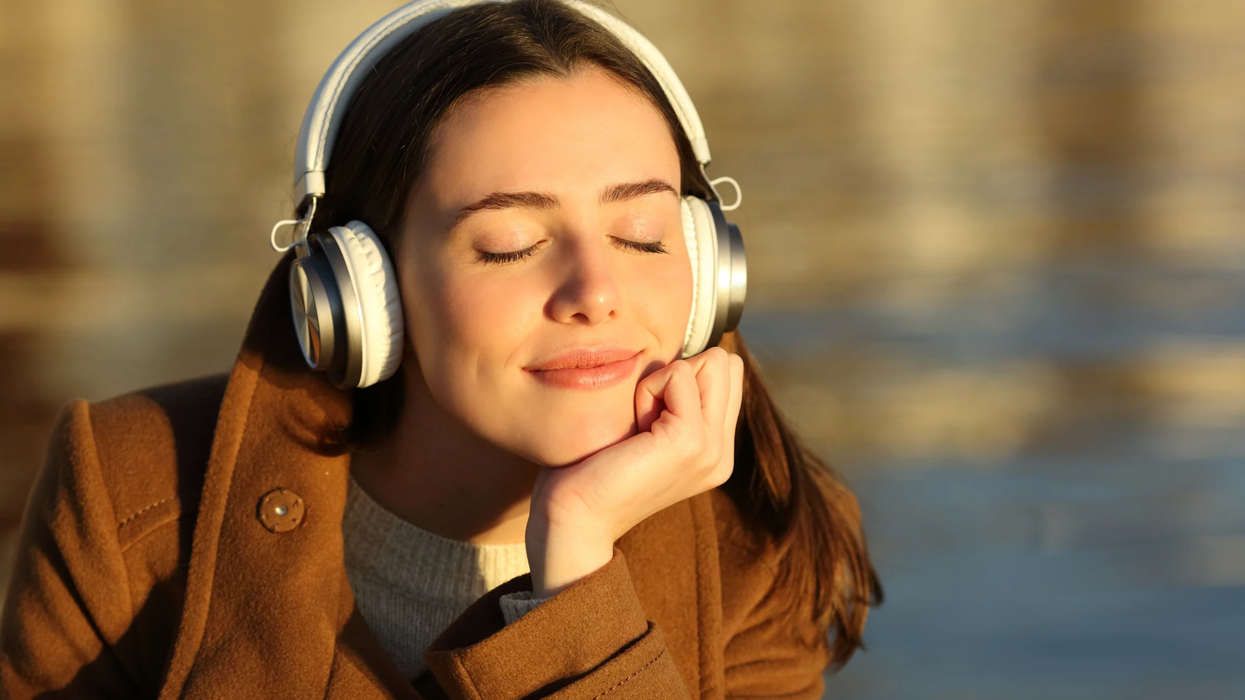
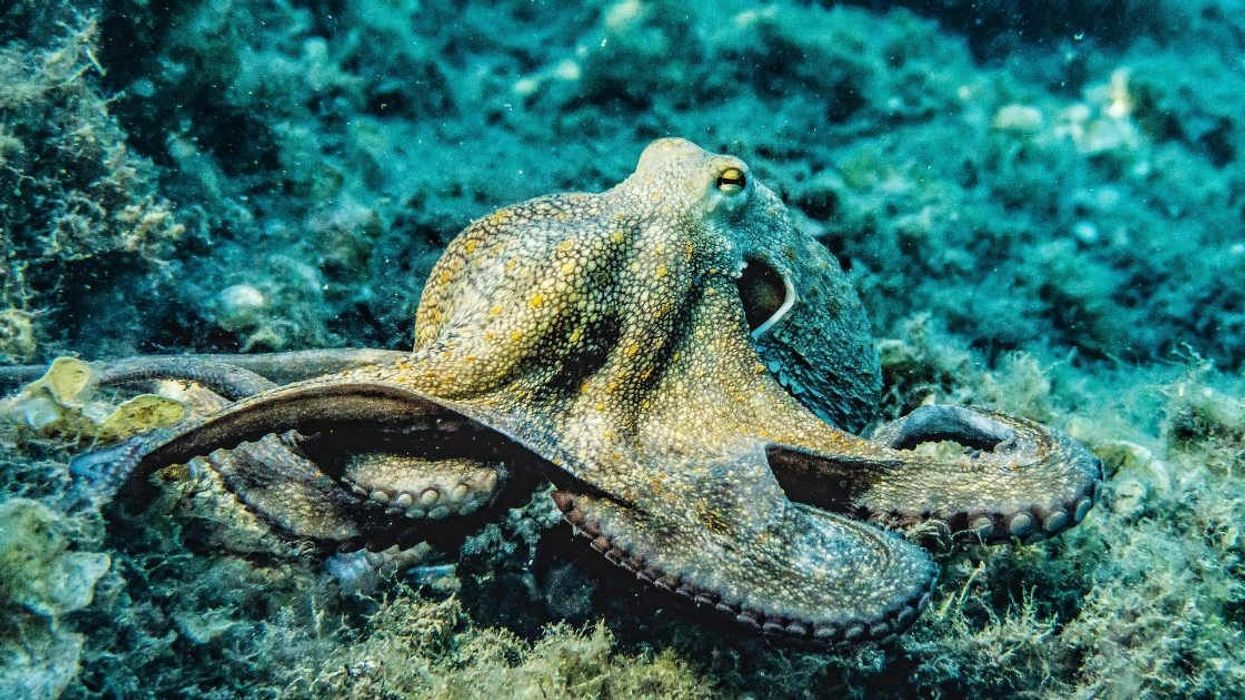


 Screenshots of the man talking to the camera and with his momTikTok |
Screenshots of the man talking to the camera and with his momTikTok | 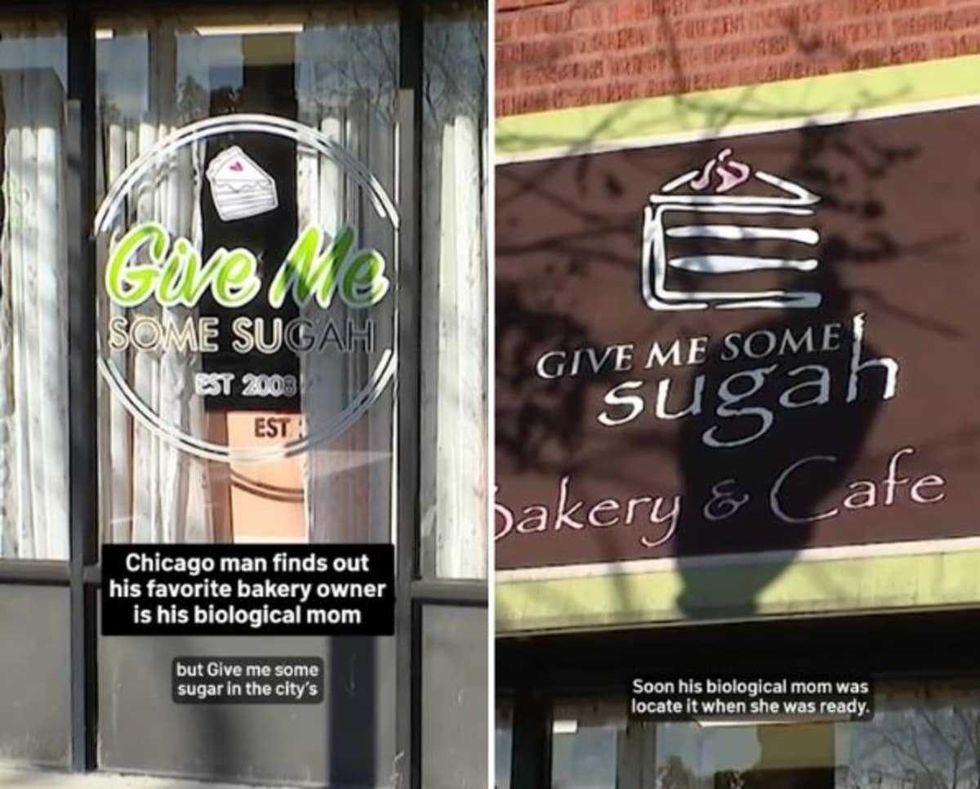 Screenshots of the bakery Image Source: TikTok |
Screenshots of the bakery Image Source: TikTok | 
 A woman hands out food to a homeless personCanva
A woman hands out food to a homeless personCanva A female artist in her studioCanva
A female artist in her studioCanva A woman smiling in front of her computerCanva
A woman smiling in front of her computerCanva  A woman holds a cup of coffee while looking outside her windowCanva
A woman holds a cup of coffee while looking outside her windowCanva  A woman flexes her bicepCanva
A woman flexes her bicepCanva  A woman cooking in her kitchenCanva
A woman cooking in her kitchenCanva  Two women console each otherCanva
Two women console each otherCanva  Two women talking to each otherCanva
Two women talking to each otherCanva  Two people having a lively conversationCanva
Two people having a lively conversationCanva  Two women embrace in a hugCanva
Two women embrace in a hugCanva 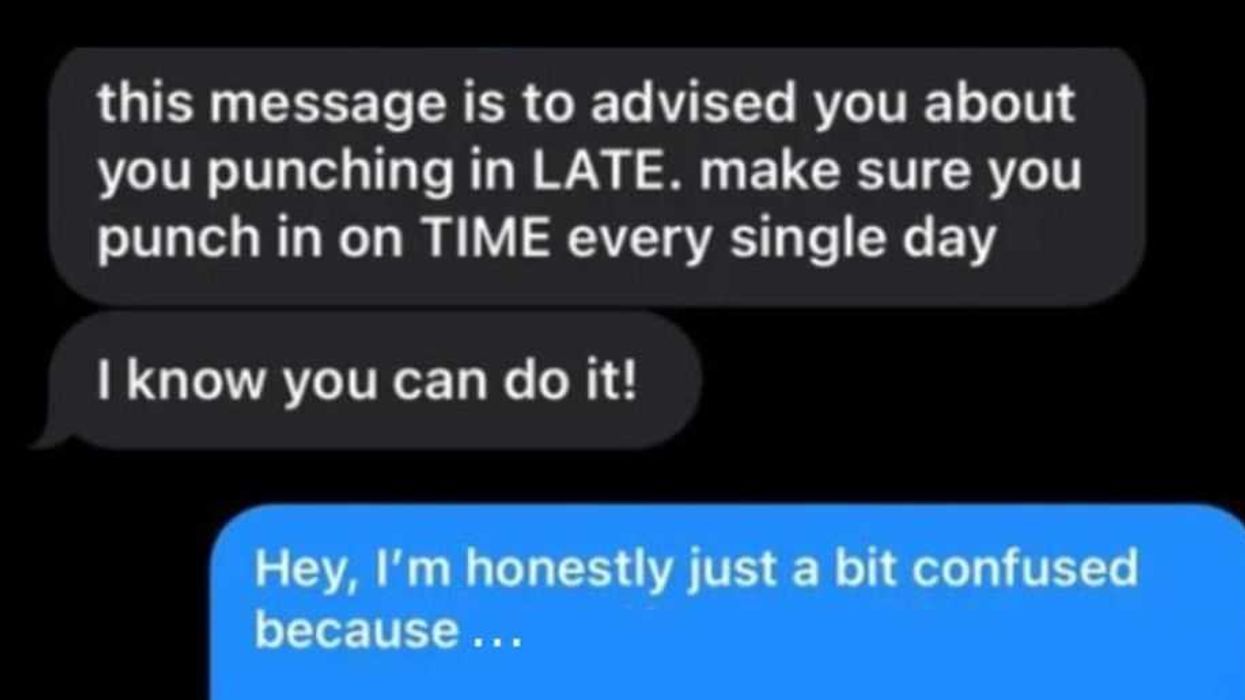
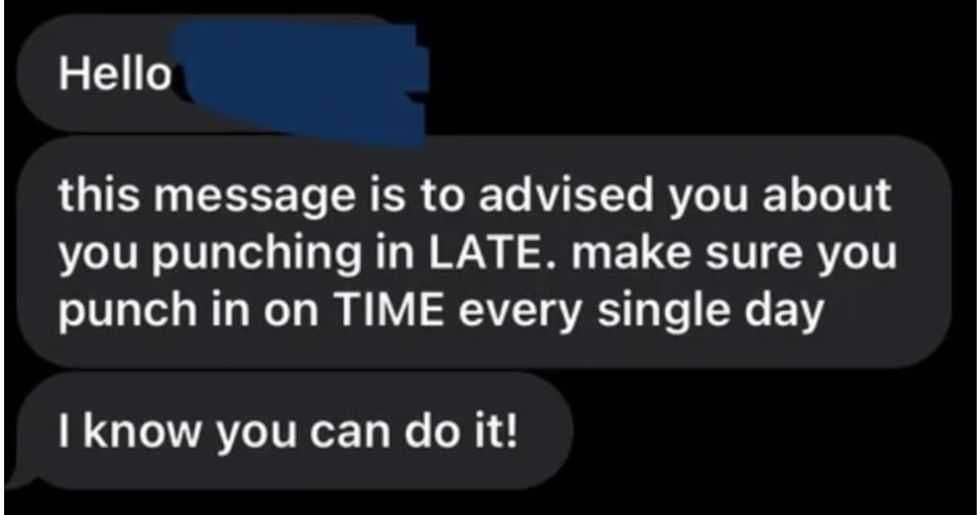 A reddit commentReddit |
A reddit commentReddit |  A Reddit commentReddit |
A Reddit commentReddit | 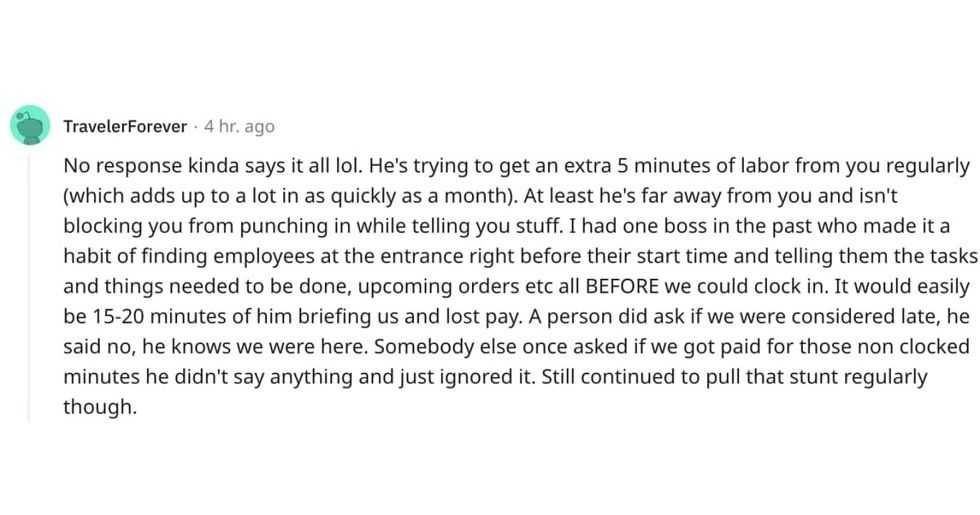 A Reddit commentReddit |
A Reddit commentReddit |  Stressed-out employee stares at their computerCanva
Stressed-out employee stares at their computerCanva
 Who knows what adventures the bottle had before being discovered.
Who knows what adventures the bottle had before being discovered. 
 Gif of young girl looking at someone suspiciously via
Gif of young girl looking at someone suspiciously via 

 A bartender makes a drinkCanva
A bartender makes a drinkCanva